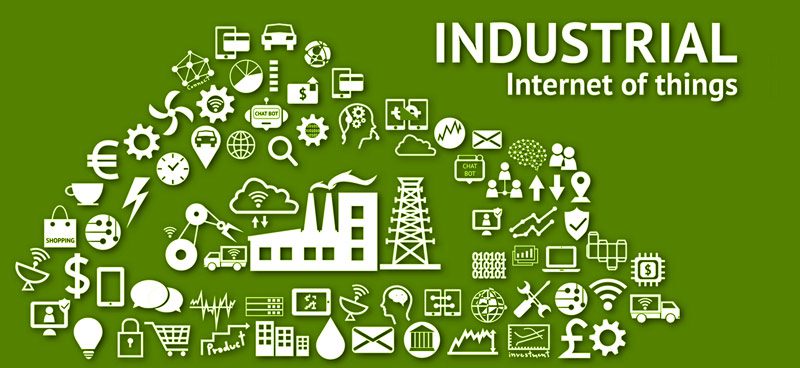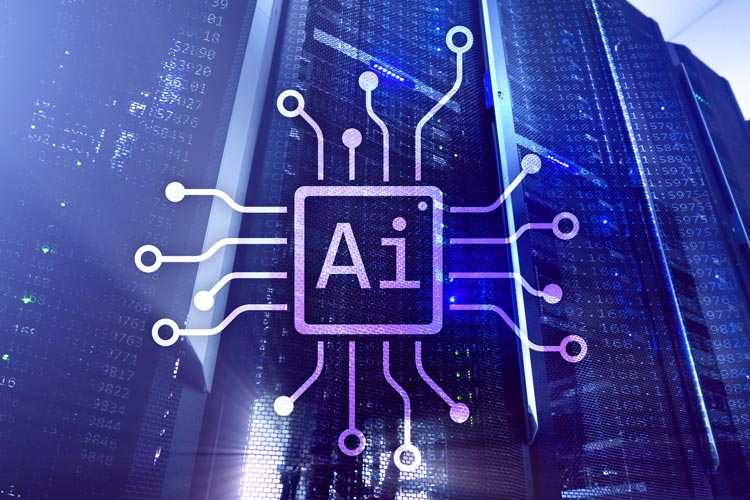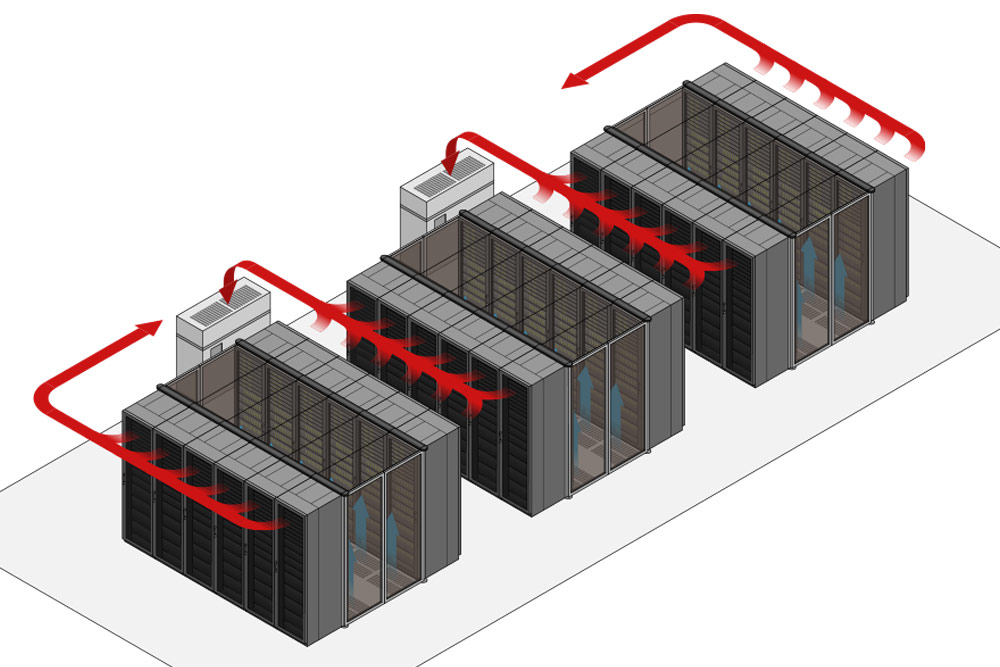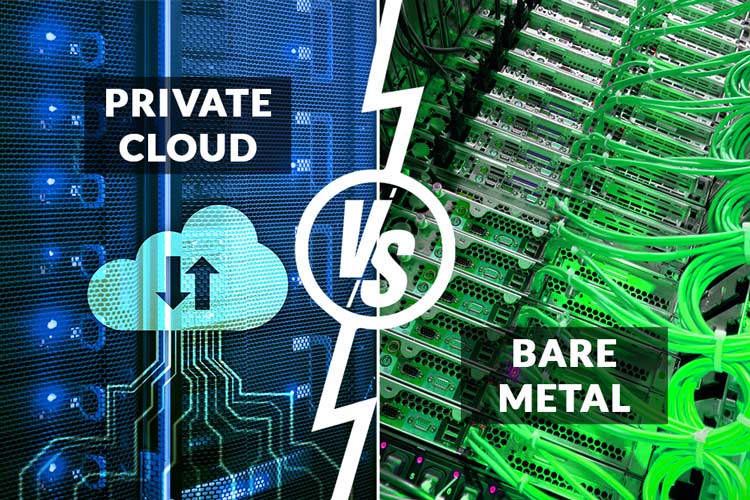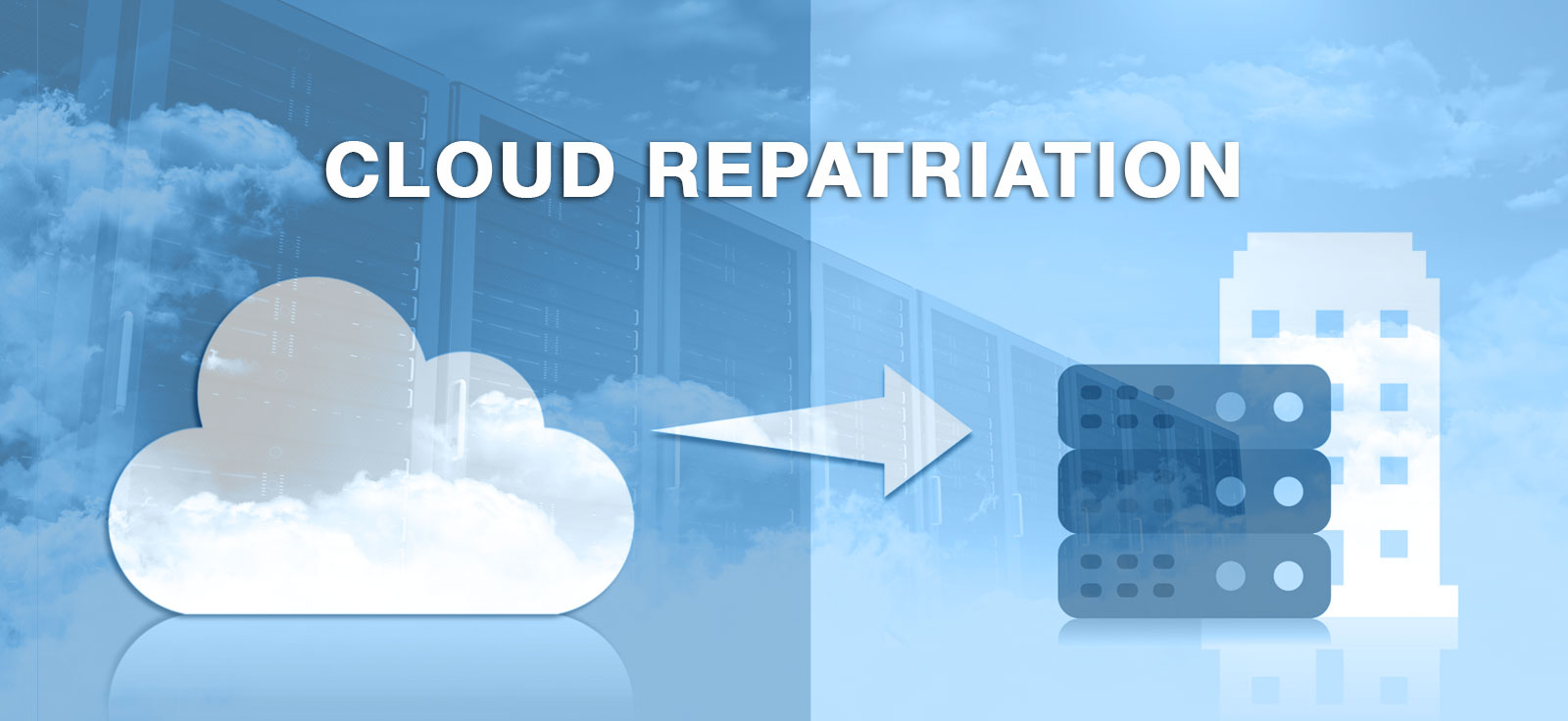The Industrial Internet of Things (IIoT) is a subset of the Internet of Things (IoT). The IoT is the collection of computers, devices, and vehicles that are embedded with software, sensors, and other means to transmit and exchange data through the Internet. It allows many objects to be accessed and controlled remotely by storing information in the cloud where it can be shared with end users.
The IIoT is essentially the IoT for industry sectors including manufacturing, energy, transportation, aviation, and logistics. The ability to access and use data with increased speed and efficiencies will allow industries and towns to leverage this combined knowledge for better products and better service to communities. Examples include expanding on-demand services, creating smarter buildings, and providing better healthcare.
It is estimated that IIoT will be worth over $120 billion by 2021 and 12 trillion by 2030.
The two main IIoT categories are Industry 4.0 (the fourth industrial revolution) which is just for manufacturing and the Industrial Internet Consortium, founded in 2014, which includes more industries.
The advantages of IIoT
IIoT will expand the following abilities across industry sectors:
- Connectivity, because more information can be shared. Workers, customers, business communication, and business strategies will be more robust because every part of the business will be able to help every other part. Better connectivity will mean better business decisions.
- Scalability, because resources and information are being shared.
- Cost savings, because of the ability to better address safety and repair issues.
- The creation of new business models improved productivity and better analytics.
- Better supply chain efficiency.
The IIoT should also help industries meet and exceed green energy goals.
Practical IIoT issues
For various industries to be able to communicate with each other, standard technology protocols need to be put into place. Just because devices can speak with each other doesn’t mean they are compatible. Compatibility cannot come at the price of security. MQTT (Message Queueing Telemetry Transport) protocol is becoming an IIoT standard, in part because it is viewed as a secure platform. Open-source platforms are helping create standard protocols.
Get to know how IIoT is transforming the ways industries do business
If your company operates in manufacturing or any industry sector, IIoT is more than an option for saving costs and increasing opportunities. For many businesses, it will become a necessity as more industries participate. For clear guidance on how IIoT works and how it can benefit your business, contact Volico and ask for one of our experienced IIoT consultants.
• Call: 888 865 4261
• Chat with a member of our team to discuss which solution best fits your needs.

